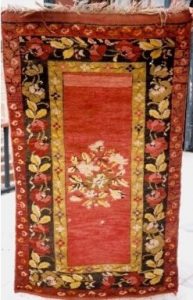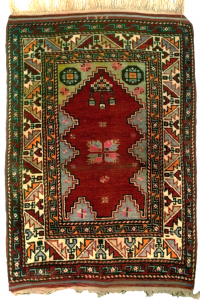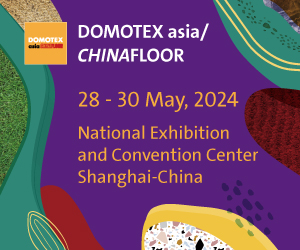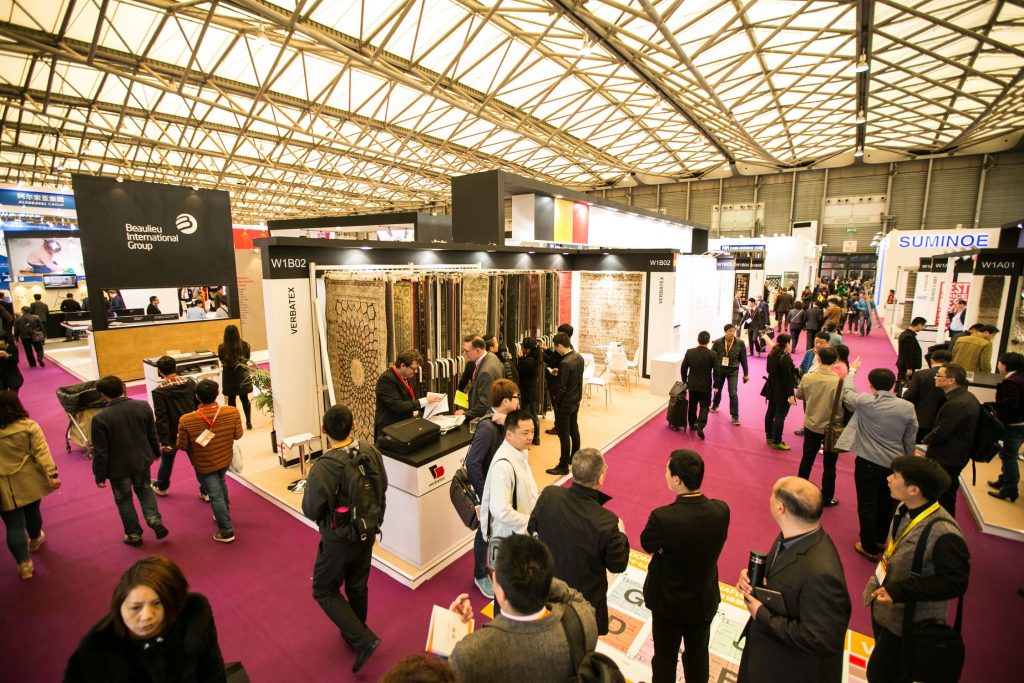This time, our journey is to Çanakkale, which has engraved its name in Turkish history with golden letters and which makes us burst with bride every time we hear it. Although it is a city whose name we remember with wars and epics, Çanakkale is a city where handicrafts and weaving were very common anciently. Especially Kara Menderes and Kocaçay of which names are frequently mentioned in Homer’s Iliad in Antiquity talk about the richness of the region on this topic.
Cities in the region began to be established in the B.C. 3500s, and it is known from the extant finds in ancient settlements such as Troy, Assos, Apollon Smintheion, that weaving was widely practiced in Çanakkale. About the Penelope loom used in the region, Penelope and its looms are mentioned in Homer’s Odyssey. The famous historian Strabo (63 BC – 24 AD) mentioned the local people, the tribes of Thracian origin and nations such as Bithynia, Mysia, Dolien, Mygdon, Troy, and that it is difficult to distinguish the borders among them. In the historical process, it is stated that Aiolis, Ionia, Persia, Macedonian and Romans and Byzantium lived in these lands. It is also known that Arab raids and Persians came to the region.
14. Century and after
After the Turkmens who came with the Oghuz margraves fleeing the attacks of the Mongols, Çepni, Manav, Pomak, Bulgar and Alevis from the Yuruks and Turkmen tribes settled down and formed the cultural richness of the region. Since Çanakkale is the gathering place of the Yuruks, Turkmen and the groups of descendants of conquerors sent to Rumelia, it has led to the formation of socio-cultural diversity and artistic richness here. Traces of Alevi, Bektashi and Shamanism beliefs among the Yoruks and Turkmens still continue today. With the settlement of Caucasian, Ottoman, Russian and Balkan Wars immigrants in the region, the variety of carpet weaving tradition around Mount Ida increased and enriched.
The diversity of the region has led to the richness of motifs and patterns of weavings such as carpets, rugs and cloths woven in the region. When Çanakkale Carpets are examined, it is seen that the carpets are fed from two different centers and there are two different groups of carpets as “Ayvacık carpets” and “Avunya carpets”.
Although Ayvacık carpets have been known as Ezine carpets for many years, especially in the 20th century, due to the carpet merchants from Ezine, materials were especially woven in Ayvacık and its villages. It is known that Avunya carpets, which are generally in the size of prayer rugs, known by old carpet traders or collectors, were woven in Yenice, Çan, Bayramiç and their villages. These carpets are not woven today due to the fact that the local people generally leave carpet business after the last quarter of the 20th century.
Carpet business has commonly been done in Çanakkale and its neighboring in the past. Çanakkale constitutes an important group among the regional carpets of Anatolia. “Carpet Weaving and Couture”, which was opened in Trakya University, Çanakkale Vocational School in 1982, was the first associate degree program opened in the field of Turkish carpet weaving. That the carpet production have been done to the members of Ayvacık and neighboring in scope of Süleymanköy Agricultural Development Cooperative (within the scope of Marmara University’s DOBAG-Natural Paint Research and Development) Project, in cooperation with the Ayvacık District Governor’s Social Assistance and Solidarity Foundation, within the Ayvacık Trust Carpet Enterprise between 1982 and 2018, had a significant effect. With the project titled as “Northwest Anatolian (Avunya) Carpets and Weaving” prepared by Prof. Aydın Uğurlu from Mimar Sinan Fine Arts University within the scope of Turkish Academy of Sciences and Turkey Culture Inventory studies between 2002-2006 about Çanakkale carpets between 2002-2006, Ayvacık Vocational School lecturers and Carpet Weaving and Design Program students conducted field studies in the region. Winter fleece wool of local sheep, the weaving material of the carpets in the two groups, was used. Local people use the names such as ilme (tie knots), eriş (warp), argaç (weft), din (two warps with carpet loops), sırırdım (carpet row), water (carpet border). Turkish knot technique is used in Çanakkale carpets. These carpets are very soft as there are three layers of weft in each carpet row in Ayvacık carpets and 3-4 layers in Avunya carpets. As a color in Çanakkale carpets; the light and dark values of red, blue, yellow, black, white, green colors were used.
While the old carpets woven in the region are coarse, it is seen that today’s carpets have increased to medium quality. In Avunya carpets, both coarse and medium qualities are seen. Geometric motifs are used in Ayvacık carpets, and geometric and organic motifs are used in Avunya carpets. Symmetrical pattern compositions in ½, ¼, 1/8, 1/ 12, 1/24 systematic are seen on Ayvacık carpets. An important group of Avunya carpets are in the size of prayer rugs, and carpets of large sizes are rarely encountered.
 The names of carpet and design
The names of carpet and design
The names of Ayvacık carpets are as interesting as their designs: Turnalı, Yeşilbacak, Sarıbaş, Çarklı Elek, Altıntabak, Kızıllı / Oklu, Bostan Elek, Baratlı, Karabudak, Çakmak / Yıldızlı, Karasulu Namazlağ. While the type of Kızıllı of Ayvacık carpets was the carpet for trousseau and prayer rug of Yuruks, the carpets for trousseau of those who had settled in the region before were the Altıntabak and Turnalı carpets. In Avunya carpets, it is seen that some of the names of the pattern samples have been forgotten. There are some names such as Hayat Ağaçlı, Kandilli, Yıldızlı, Gül-Bülbül, Güllü Namazlağ, Post Motifli Namazlık, Güllü. For Avunya kilims, three marks of triangle shape called tay kulağı (ear of foal) are woven in carpet technique.
Çanakkale carpet business became an example in terms of reuse of natural dyes and cooperatives. In terms of demonstrating the motifs, which are seen in the geography from Eastern Anatolia to the Balkans, the variety of motifs in Çanakkale carpets draws attention.
Sources:
Mergen, S. & Alantar, H. (2003). Tarihi Anadolu Halıları. Sentez Turizm Tic. ve San. A.Ş.
Uğurlu, A. & Bülent, E. & Uğurlu, S.S. (2003). “Kuzeybatı Anado¬lu (Avunya) Halı ve El Dokumaları Envanter Raporu.”, TÜBA-TÜKSEK Kültür Envanteri Dergisi 2003-1. Türkiye Bilimler Akademisi Yayınları. 2003(1), 152-166.
Uğurlu, S. S. (2000). Ayvacık Vakıf Halıları, Ev Tekstili. 27, 70-73.
Uğurlu, S. S. (2016). “Çanakkale Yöresi Halılarındaki Çeşitlilik”, 4. Yöresel Ürünler Sempozyumu ve Uluslararası Kültür Sanat Etkinlikleri Bildiri Kitabı. Akde¬niz Üniversitesi Yayınları, 377-390.








